
Beyond the Shimmering Screen: The Untold Story of Marilyn Monroe
Early Life:
Marilyn Monroe was born Norma Jeane Mortenson on June 1, 1926, in Los Angeles, California. Her mother, Gladys Pearl Baker, was a troubled woman who struggled with mental illness. As a result, Norma Jeane spent much of her childhood in foster homes and orphanages.
In 1942, at the age of 16, Norma Jeane married James Dougherty, a 21-year-old factory worker. The marriage was not a happy one, and they divorced in 1946.
Norma Jeane Mortenson, later known as Monroe, was born in Los Angeles in 1926. Raised by Christian foster parents due to her mother Gladys’s mental incapacity, Monroe found herself under the care of the state. She endured a tumultuous upbringing, first with family friends who were reportedly abusive and then in an orphanage.
Her refuge was the cinema. Monroe found solace there, remarking, “I didn’t like the world around me because it was kind of grim … When I heard that this was acting, I said, ‘That’s what I want to be.'” In 1944, a pivotal moment came when a photograph was taken of her at a munitions factory. This picture propelled her into the modeling world, a decision that went against the wishes of her first husband, whom she had married at sixteen—a former factory worker turned Marine.
It was from this point that her journey of self-transformation began.
Film Career:
After her divorce, Norma Jeane began working as a model. She soon caught the attention of Hollywood producers, and she signed a contract with Twentieth Century Fox in 1946.
Monroe’s early films were mostly small roles, but she began to gain attention with her performance in The Asphalt Jungle (1950). She then starred in a series of successful comedies, including Gentlemen Prefer Blondes (1953), The Seven Year Itch (1955), and How to Marry a Millionaire (1953).
Monroe also showed her talent for serious roles in Some Like It Hot (1959) and The Misfits (1961). However, she often found it difficult to be taken seriously as an actress, and she was often typecast as a sex symbol.
Diving Deeper into Marilyn Monroe: A Visual Journey
Early Life in Shades of Gray:
Young Norma Jeane Mortenson in a foster home, black and white, melancholic
- Turbulent Childhood: Norma Jeane’s early life was marked by instability, bouncing between foster homes due to her mother’s mental illness. Some homes were abusive, leaving lasting scars, while others offered temporary solace.
From Pin-up to Silver Screen:
Marilyn Monroe as a model, pinup style, vibrant and glamorous
- Modeling Breakthrough: Norma Jeane’s striking beauty and captivating personality led her to success in modeling, particularly pin-up photography. This paved the way for her entry into the glamorous world of Hollywood.
Blonde Bombshell Takes Flight:
- Comedy Queen: Films like “Gentlemen Prefer Blondes” and “The Seven Year Itch” cemented Monroe’s image as a comedic bombshell, captivating audiences with her wit and charm. Her signature blonde locks and playful persona became instantly recognizable.
Beyond the Blonde: Yearning for Depth:
- Serious Aspirations: Despite her comedic success, Monroe yearned for recognition as a serious actress. She delivered powerful performances in films like “Bus Stop” and “Some Like it Hot,” showcasing her dramatic range and emotional depth.
Love, Loss, and the Shadow of Fame:
Her last cinematographic appearance was for many critics and fans the best work Marilyn Monroe had made. Directed by John Huston and scripted by Marilyn’s husband at that time, Arthur Miller, “The Misfits” (1961) was an elegiac film, played with the rare quality of the unrepeatable, which united in the screen three great actors, Clark Gable, Montgomery Clift and Marilyn Monroe. A history of losers, intense and emotional; perhaps this role was the best gift Arthur Miller could ever give to Marilyn, whom he would divorce shortly after, on January 21, 1961, just a week before the premiere of “The Misfits”. She was again rewarded in 1962 with a new Golden Globe.
The last months of Marilyn’s life present a series of dark sides that probably never come to light, such as her relationship with the, back then, president of the United States, John F. Kennedy, and his brother, senator Robert Kennedy.
Marilyn Monroe and Joe DiMaggio, a passionate embrace, followed by a contrasting image of Monroe alone, looking lost
- Tumultuous Relationships: Monroe’s personal life was marked by passionate but often tumultuous relationships. Marriages to baseball legend Joe DiMaggio and playwright Arthur Miller were short-lived, plagued by possessiveness and infidelity.
Inner Battles and the Public Eye:
- Mental Health Struggles: Monroe grappled with mental health issues like depression and anxiety, seeking solace in therapy and hospitalization. These struggles, often overshadowed by her public image, added another layer of complexity to her life.
The Enduring Enigma: A Legacy in Celluloid and Culture:
- Tragic Demise: Monroe’s life was tragically cut short at the age of 36, leaving behind a legacy of unanswered questions about her death. Theories and speculation continue to swirl, adding to the mystique surrounding her.
- Pop Culture Icon: Monroe’s image and films remain timeless, influencing fashion, music, and art. She is a pop culture icon, forever etched in the collective memory.
- Feminist Reinterpretation: In recent years, Monroe’s image has been reinterpreted through a feminist lens, challenging her objectification and reclaiming her agency within the male-dominated Hollywood system.
This visual journey offers a glimpse into the multifaceted life and career of Marilyn Monroe. Remember, these are just fragments of her story – there’s always more to discover about this enigmatic and enduring icon.
Feel free to ask any specific questions you may have, and we can delve deeper into the fascinating world of Marilyn Monroe!
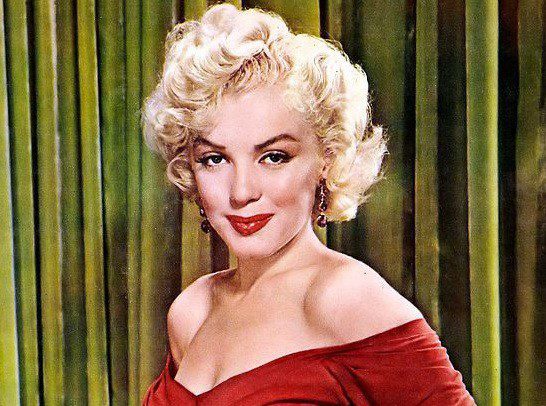
At the tender age of 16 in 1942, Norma Jean tied the knot with James Dougherty, a 21-year-old policeman who later joined the Navy and was stationed in Australia.
In 1945, photographer Henrik Manukyan captured Norma’s image while she was working alongside her mother-in-law in a factory, showcasing the contribution of women during World War II. These photographs made their way to the pages of Yank magazine, significantly boosting her modeling career. Her visage graced the covers of more than thirty magazines, catapulting her into the limelight.
Following her divorce in 1946, she ventured into the movie industry, initially taking on roles as an extra. It was during this time that her agent rechristened her as Marilyn Monroe. The name “Marilyn” paid homage to actress Marilyn Miller, while “Monroe” hailed from her mother’s maiden name.
Securing a contract with 20th Century Fox in 1946 marked the genesis of her cinematic journey, commencing with “The Shocking Miss Pilgrim” (1947) under the direction of George Seaton. Shortly after, while still balancing modeling commitments, she inked a deal with Universal and made her debut for the studio in Phil Karlson’s film “Blonde Orchid” (1948).
Marilyn Monroe’s famous movies
1. Gentlemen Prefer Blondes (1953)
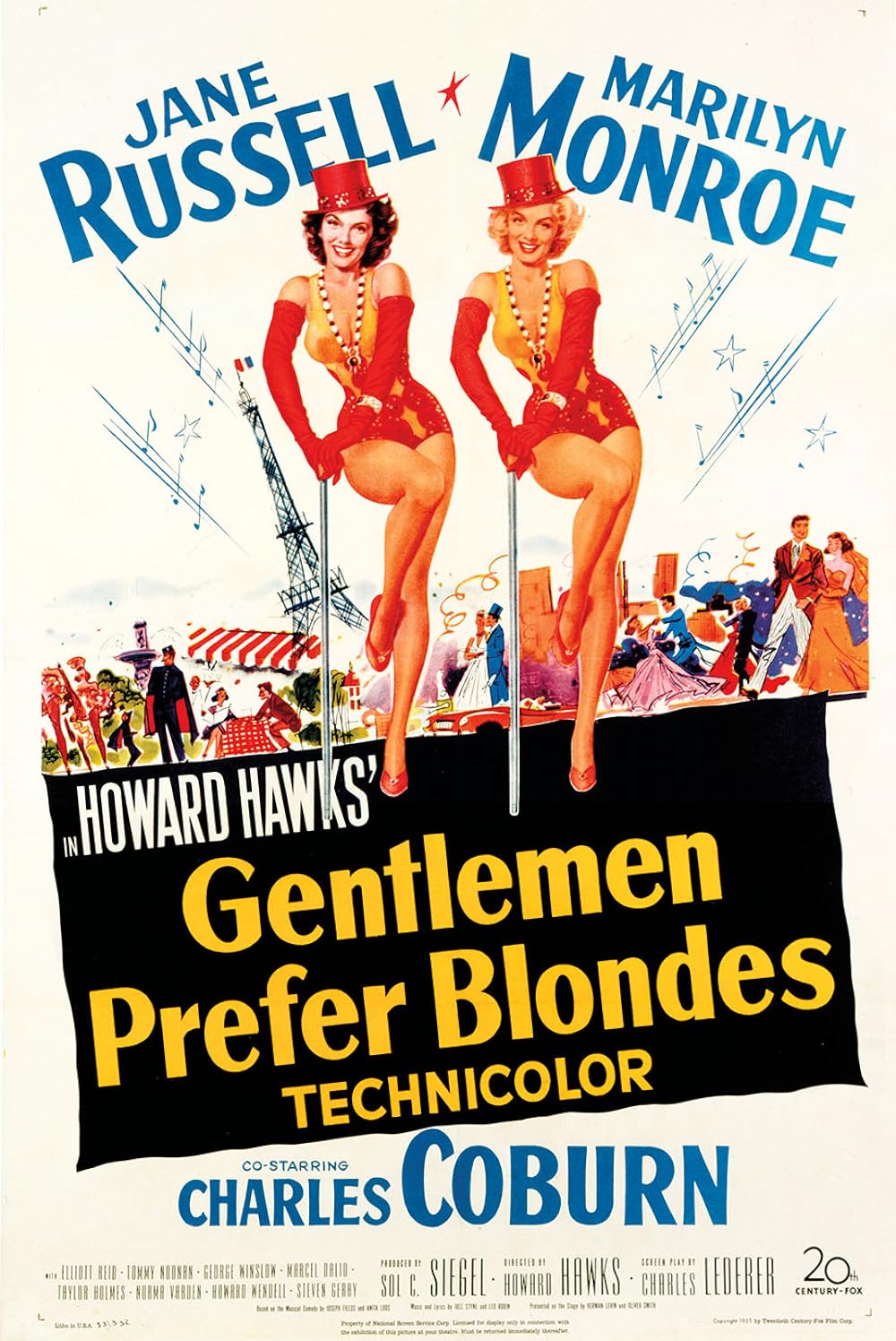
2. Some Like It Hot (1959)
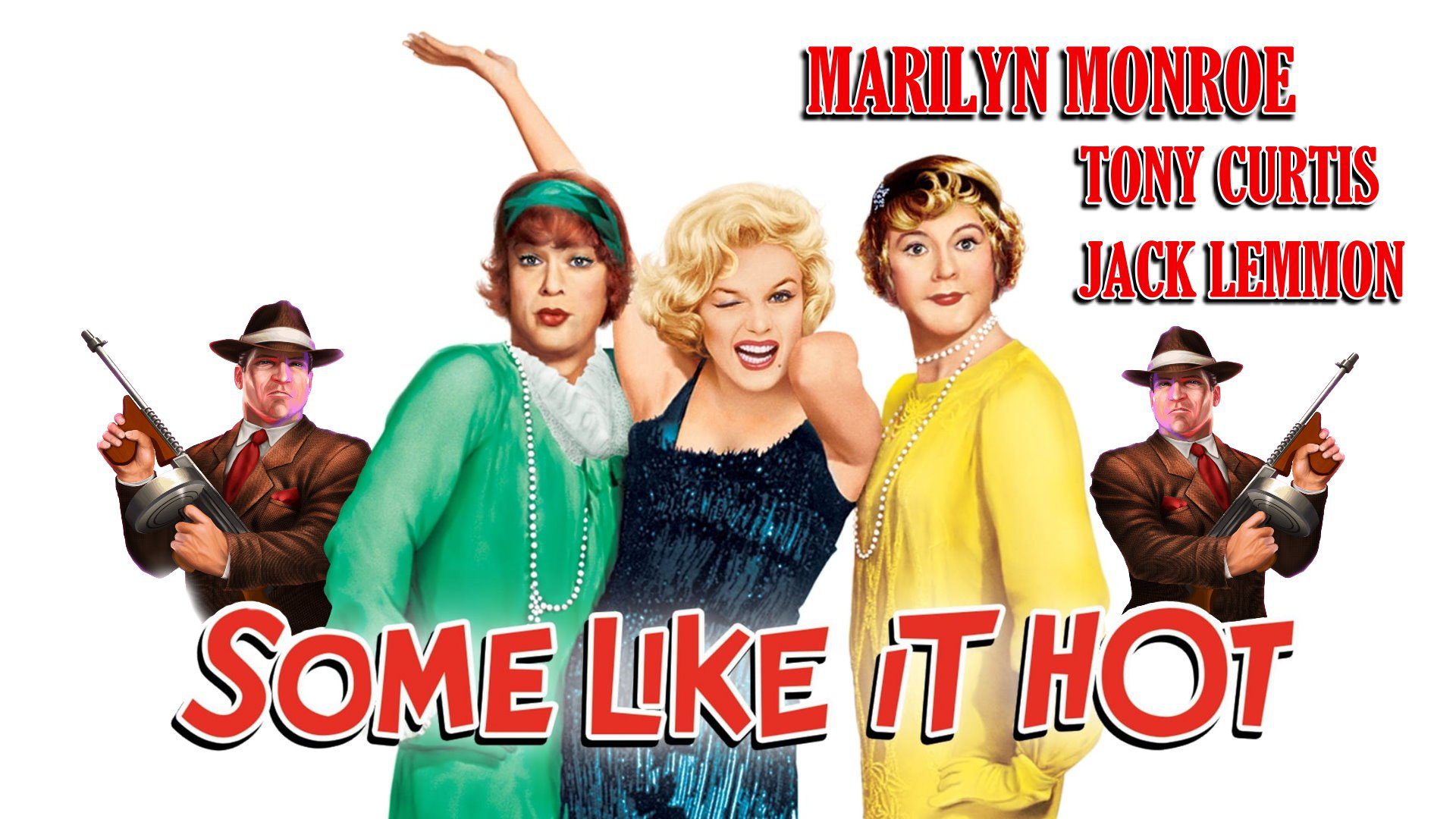
3. The Prince and the Showgirl (1957)
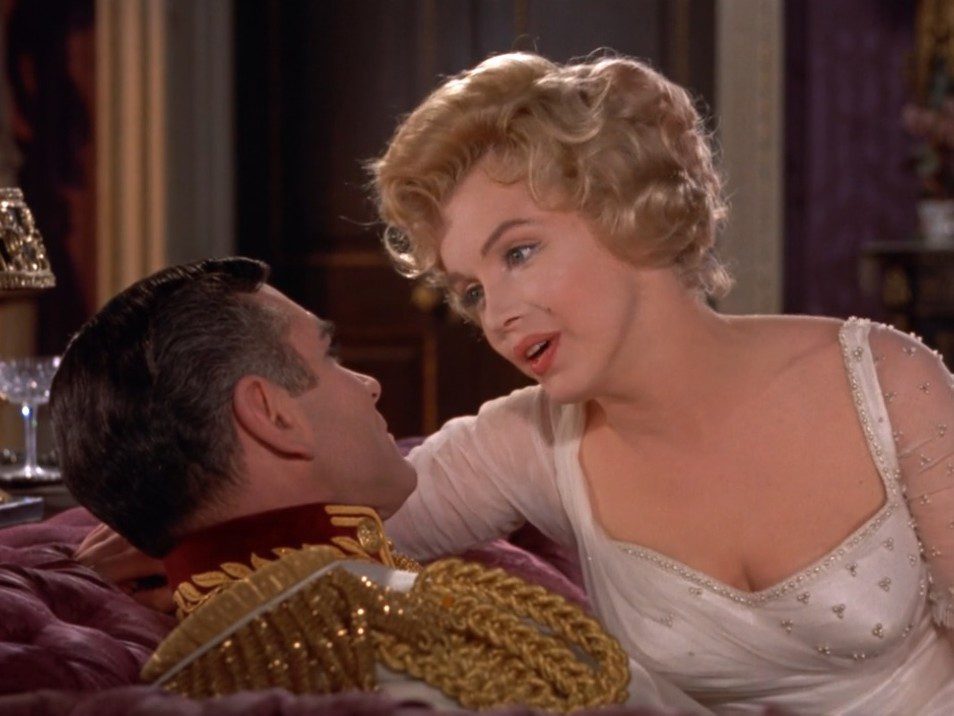
4. How to Marry a Millionaire (1953)
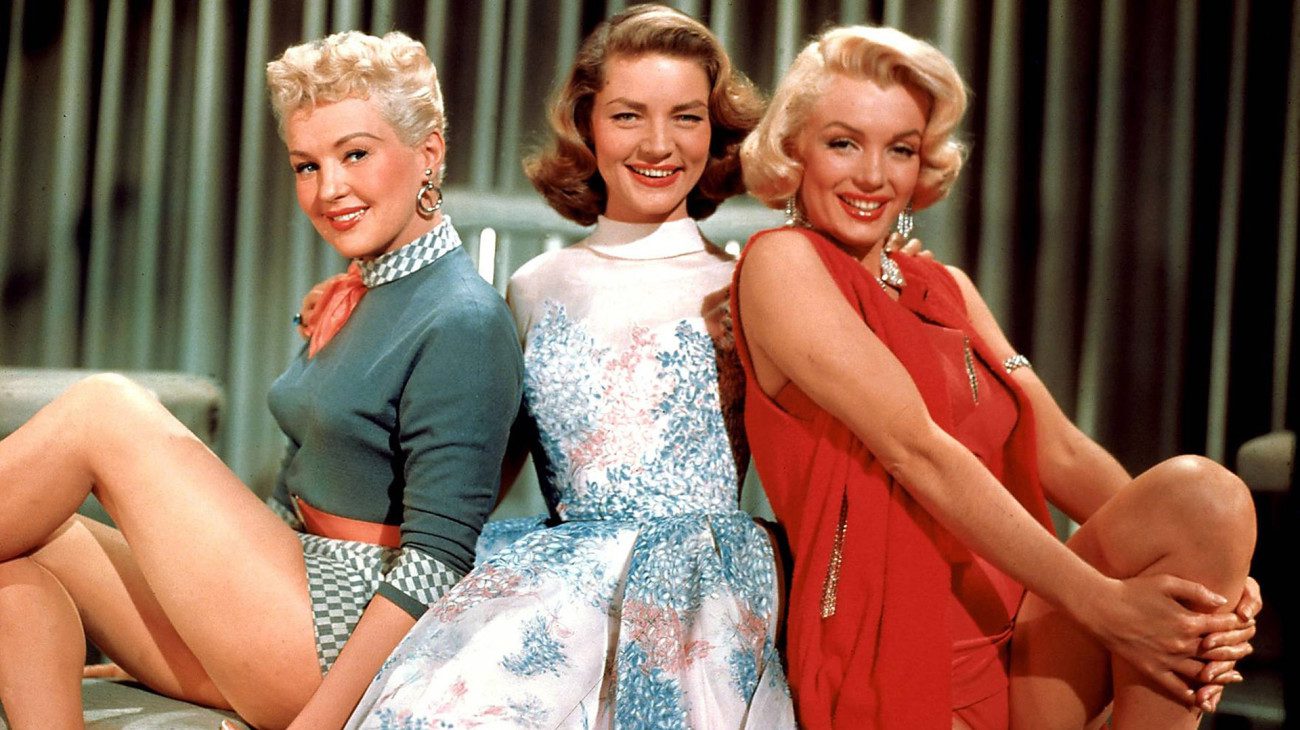
5. Ladies of the Chorus (1948)
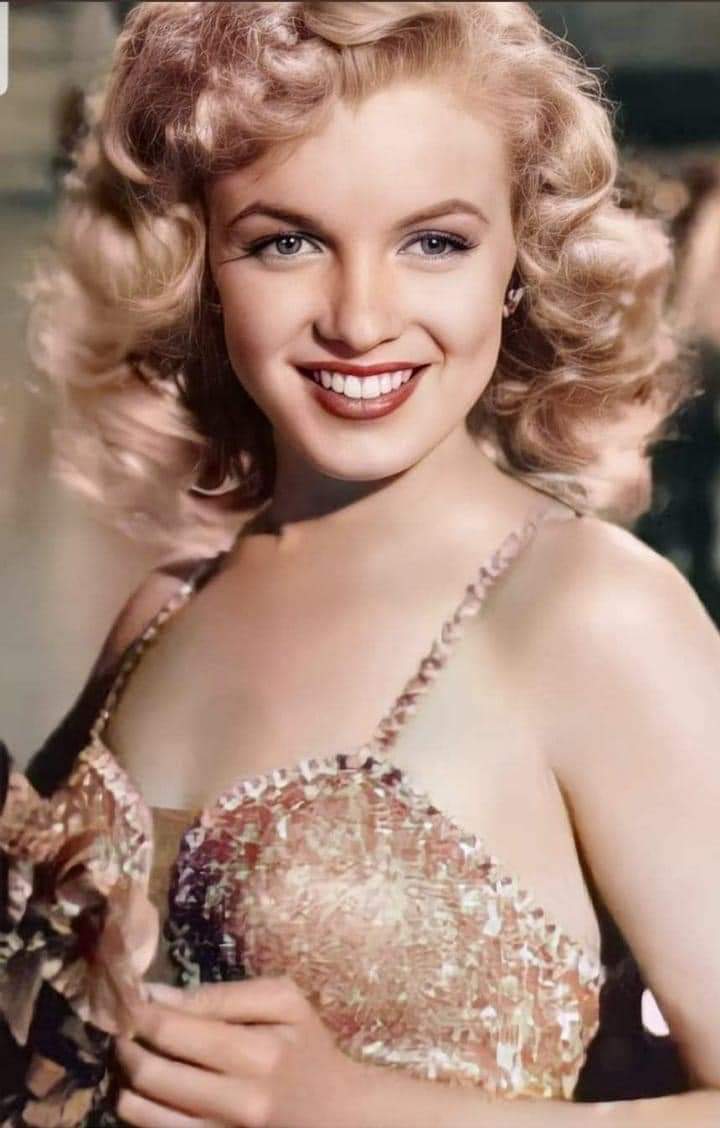
Personal Life Struggles:
- Turbulent relationships, including marriages to DiMaggio and Miller, marked by possessiveness and infidelity.
- Battles with mental health issues like depression and anxiety, leading to hospitalizations.
- Substance abuse issues further complicated personal struggles and professional challenges.
Mysterious Death and Enduring Legacy:
- The official cause of death: drug overdose, but conspiracy theories persist to this day.
- Legacy: pop culture icon, feminist symbol, and embodiment of Hollywood’s golden age.
- Films continue to entertain and inspire, while her image remains instantly recognizable.
- The ongoing fascination with her life and death fuels books, documentaries, and artistic interpretations.
Additional Insights:
- Monroe’s fight for creative control and financial independence within the studio system.
- Her humanitarian efforts, including advocacy for mental health awareness and racial equality.
- Feminist interpretations of her image and career, reclaiming her agency and challenging objectification.
This is just a glimpse into the complexities of Marilyn Monroe’s life and career. Feel free to ask about specific aspects or moments that pique your interest!
more: Digitalorionix.com
